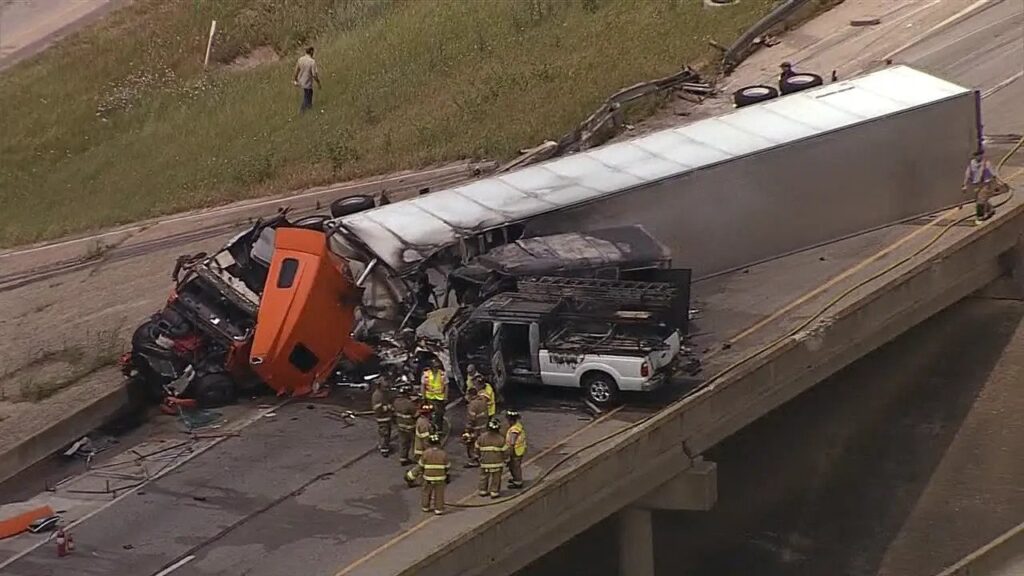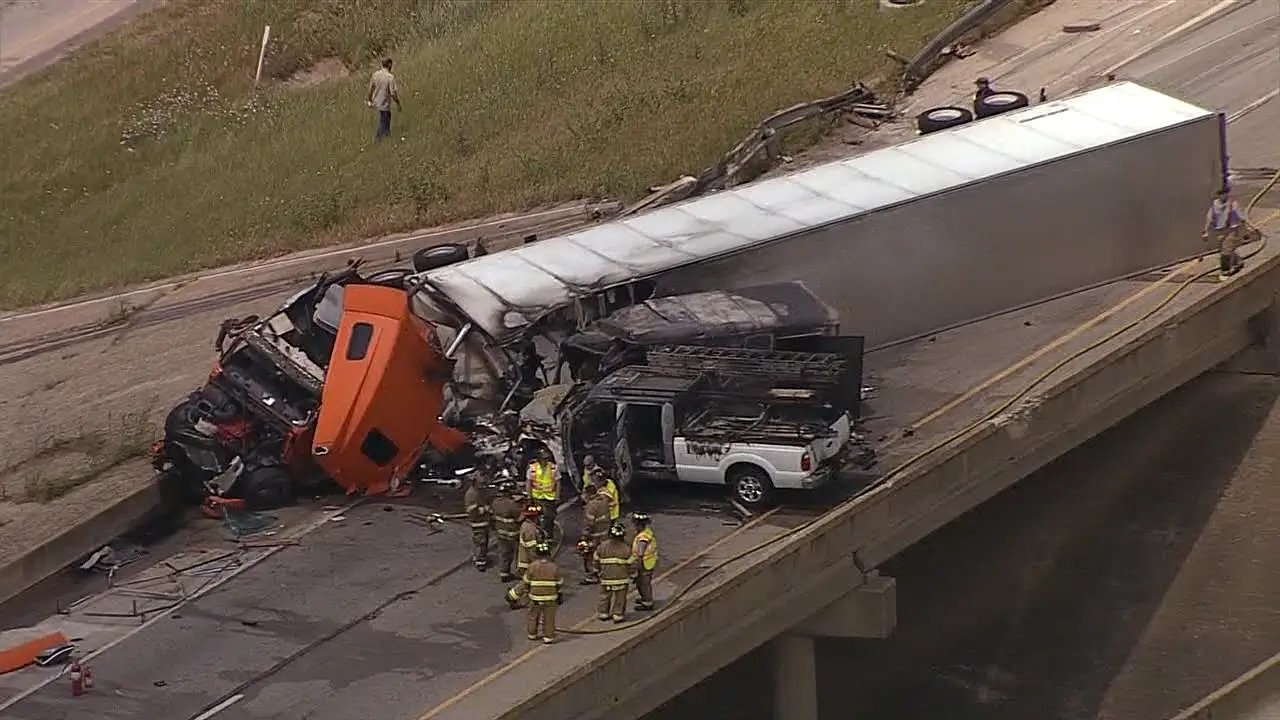
A car accident is a stressful event. At best, it’s a hassle and a headache; at worst, it can be traumatic and life-altering.
Unfortunately, car accidents are statistically common. It’s estimated that for every 1,000 miles you drive, you have a 1 in 366 chance of being involved in an accident in some way. If you ever find yourself in a car accident and it isn’t your fault, it’s helpful to have a roadmap to guide you through the potentially complex process. Here’s your guide to what you should do after a car accident that was not your fault.
First Steps
If you are not at fault for your car accident, you’ll have two main checklists to take care of: one to take care of in the immediate aftermath at the scene of the crash and another for errands and tasks you’ll need to square away later on.
Immediately Following the Accident
There’s a wide range of possible damage and injuries, so some of the following will depend on the vehicle’s condition and any injuries that have occurred. Above all, do what you can to stay safe and minimize further damage or injury.
Check if Everyone Is Alright
Right after the collision, take a quick inventory of your body to see if you’re experiencing any immediate pain. Talk to any passengers in your vehicle to ensure they are also okay. If anyone has been seriously wounded, call 911 immediately and take any necessary first-aid measures that you’re capable of performing.
If no one in your vehicle is hurt, and it is safe for you to do so, you can get out and meet with the other driver (or drivers) involved in the crash. Check with them and ask if everyone with them is alright. Again, if anyone is seriously injured, call 911 immediately and perform first aid (or designate someone to do so.)
Do Not Say “I’m Sorry”
For many people, it will feel unnatural and downright rude to hold back an apology in these situations. However, the sad truth is that the moment the crash happened, you entered a potentially complicated legal situation, and your words should be chosen very carefully if possible. Saying “sorry” or any other form of apology in this situation can be used against you as an implied admission of guilt. Insurance providers can use the fact that a driver apologized as a reason to find them at fault and potentially liable for damage or injuries.
Move Cars
Once you’ve ensured everyone is physically okay, make arrangements with the other drivers involved in the accident to move your respective cars to a safer location out of traffic — if the vehicles can still do so. The new site could be the side of the road or a nearby parking lot. Try not to move too far away, as there will likely be information you need at the crash scene.
Call the Police or 911
Depending on the severity of the injuries and the immediate situation, you’ll either call the local non-emergency number for the police or 911. If there are no severe injuries in immediate need of medical attention and the vehicles (or the damage they caused) aren’t in immediate danger of creating a more serious situation, call the police on their non-emergency number. If anyone needs medical attention or a larger situation is developing, call 911.
Gather Info
Next, you’ll want to gather any information you need from the scene. Start by speaking with the other drivers and asking for their contact information and any other helpful data, such as
- Name,
- Phone number,
- Driver’s license number, and
- License plate number.
If anyone witnessed the accident, be sure to gather their names and contact info as well. If, by any chance, someone caught the accident on video (either on a dash cam or security footage), make arrangements with the person or business who owns the camera to get a copy of the footage.
While you’re at the scene of the accident, it’s a good idea to get pictures of all parts of the accident. Take photos of any damage to all vehicles involved with the accident, as well as any other public or private property that might have been damaged. For context, get some good wide shots of the whole scene and any relevant street signs.
If you can, get the responding officer’s contact information to ensure you can reach out for more information. While you’re at it, ask if you can have a copy of the accident report for your records.
Once you get home, if you’re able, do your best to organize all the information. Do your best to diagram the accident, including street names, street signs, labels on all cars involved, directions of travel at the time of the accident, and any other relevant information.
After the Accident
In the coming days, weeks, and months, there will be more work to do, both for your health and property and for your legal and insurance-related cases.
Get Examined by a Doctor
Even if the accident occurred at a low speed and you don’t feel anything right away, you still might have sustained injuries. By going to the doctor for a comprehensive medical exam, you can catch any hidden injuries and get care for them quickly. This exam will also be an excellent chance to have a medical expert document your injuries, which will be essential data points in any insurance or legal claims.
Check Your State’s Insurance Laws
Depending on where your accident occurred, the rules of who’s at fault for the accident, and therefore who is responsible for paying related expenses, will change.
For instance, Texas follows “fault” insurance rules. This means whoever is found to be “at fault” for the accident must pay for the resultant damages. If the at-fault driver is insured — like they are legally obligated to be — their insurance provider will pay out.
If your accident occurred out of state, review that state’s insurance laws to make sure you know what to expect.
Talk to Your Insurance Company
As soon as you are able (within 24 hours or less), you’ll want to contact your insurance company to let them know about the accident. This allows them to get the ball rolling with whatever investigations and legal options they need to prepare.
It doesn’t matter if the damage seems minor or if the other driver has already admitted fault. Vehicle damage and personal injuries can start out looking small but get worse over time, and you never know if the other party can be trusted to follow through on a verbal agreement or if they are even fully insured.
Getting the necessary information to your insurance provider quickly is an excellent way to ensure you have the best chance of getting compensated after an accident.
Consider Suing for Compensation
Many people are uncomfortable with suing because they feel it’s petty or aggressive. However, when you experience injuries and property damages because of someone else’s negligence, it’s not fair that you should have to pay to fix the mess they made. It’s your legal right to be compensated for an accident when you are not at fault.
It’s also worth considering that in the event of a lawsuit, the legal fight is generally between the insurance providers. You are not suing the driver themself but their insurance provider. The lawsuit merely gives you a forum to prove your damages to a jury with the aid of your legal counsel.
What Can an Attorney Do For You?
After a car accident, life can get complicated. The hassle and trauma following a crash can be challenging to handle. Luckily, you don’t have to face it alone. By hiring an experienced car accident attorney like the capable team at Lee, Gober & Reyna, you can rest easy knowing that you’ll have a knowledgeable team advocating for your best interests.
A car accident attorney can help you interface with insurance providers, research the particulars of your case, and provide crucial legal counsel should your case end up in court. Our attorneys can help you get the best possible compensation for your troubles.
If you’ve been in a car accident that was not your fault in Austin, don’t delay. Contact Lee, Gober & Reyna today for a free consultation.
